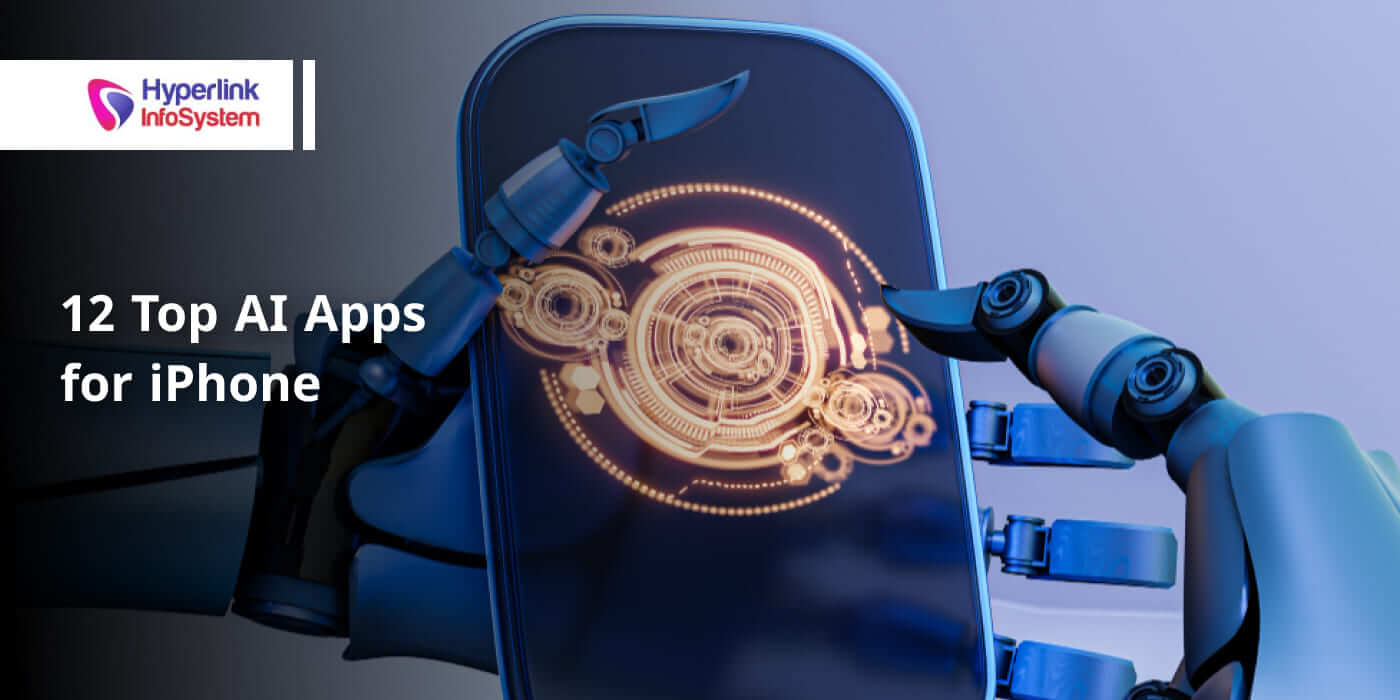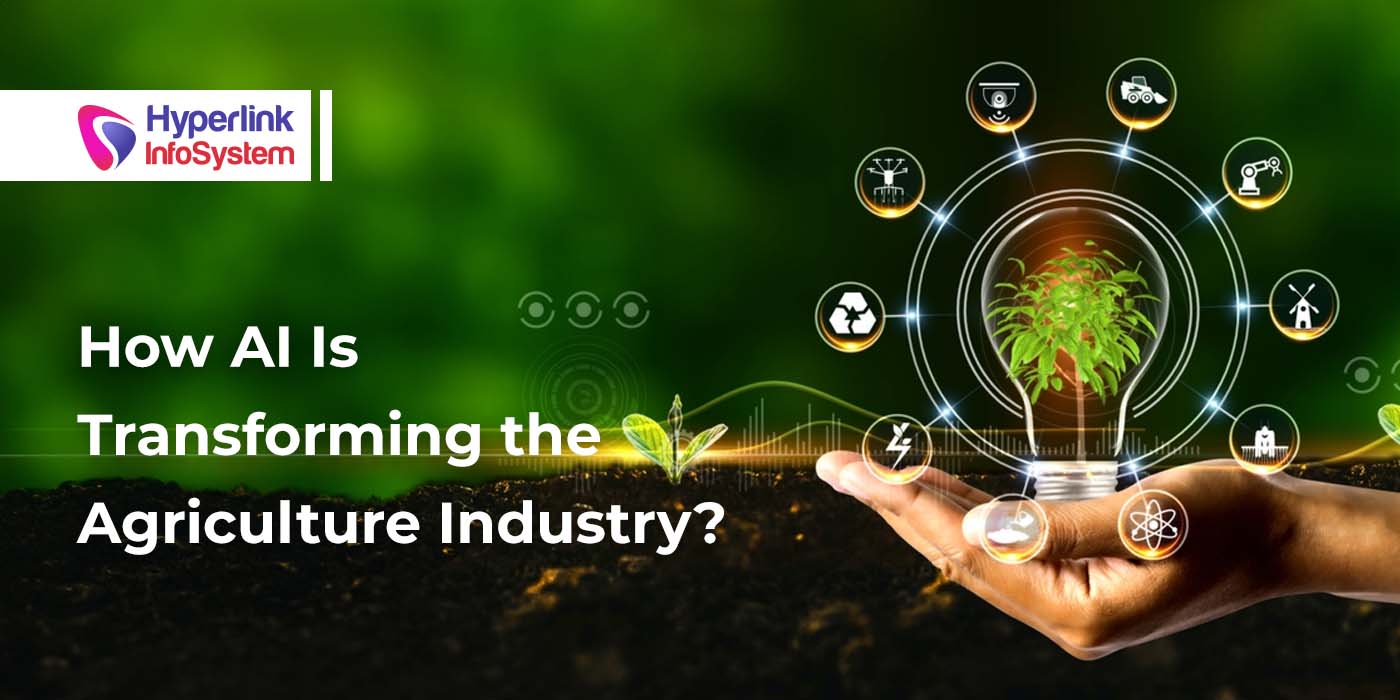If you are a founder of a startup or part of a big company, a great idea is the app will be a good thing for you. The reality is that most applications are not a success. Studies have shown that 1% of mobile consumer applications will be considered a financial success by
app builders in 2018; 19% mobile applications do not generate revenue; More than half of mobile applications are below the "poverty line application", producing less than $ 500 per month, and even applications that are not intended to be the main source of income often do not achieve its goal.
But this general question arises; why do applications fail? Some of the reasons are, Blurring and product management, as well as the failure of marketing user acquisition plans, bad business strategies and monetization strategies and inadequate product launches. This publication will discuss the basics of a market entry strategy for mobile applications so that you can customize your success in a competitive application ecosystem.
How do you avoid common mistakes that cause applications to fail, and build a strategy to enter the market? Firstly, definition - you need to determine your product, users and market feasibility of the second factor of monetization and business strategy. How is the type of product that you are releasing your goals and task suits? Another factor is marketing and consumer acquisition. How do you cause interest and boot disk? And the last factor is the launch strategy. What is best for your product and market? We will explain all these factors as we move forward.
The first factor in our list is the detection and identification of products. Discovery of the product does not guarantee successful implementation but provides the basis for the product to have an impact. Addressing of key issues, including why, what, how and when. The first thing to consider is the opportunity within this market. Is there an opportunity in the market? Are you approaching the point of pain for a set of potential users? If there is no need or desire, there is no market opportunity. Another thing that you are trying to achieve; why are you building a product? What is the purpose/purpose of your application? What problems are you trying to solve? What is the value that you add? What are your short-term and long-term goals? Products are created for users; thus, the direction of the product should be determined on the basis of an understanding of their needs and motivations. And, finally, consider adding value to your product. You need to solve such questions as: Who are your competitors? What did they do well? What are their disadvantages? How will your decision add value beyond what is available on the market?
The second important factor is the definition of a business plan and monetization. The monetization strategy of the approach/sale varies depending on the type of application, and if this should be the main source of revenue, or is intended to support or provide another product or service. The most common models include advertising based on. This works best when: No plan is monetized directly from users, purchase applications interrupting
user experience or do not fit organically in the application. The nature of the application causes frequent visits, lengthy sessions and collects demographic data and behavioral data. The second model is the payload that works best when you have a strong marketing presence, offering value-added applications like free cost options in proportion to the price you want to tie revenues directly to the category.
The third model is the purchase application works best when you have a retail application, games or services can benefit even the application store rates, purchase applications add real value to users, the
user interface is enough to encourage repeat purchases even without use; The fourth Freemium model works best when you want mixed advertising revenue and the user features Premium to add significant value to users in the free version compelling enough to attract users and encourage the acquisition of additional features large database of users/applications and long sessions the latest model is the model The subscription works best when your application is targeted (news, music, video, etc.) by content. The nature of the application is facilitated by frequent and repeated use.
If the product is designed to support another product or provide a service, rather than generating revenue, your approach will be very different. In this situation, you will focus on combining its implementation with business objectives, rather than monetizing the application itself. Namely, how does the application fit into your business for a broader plan or organizational goals? The goal is not to generate direct income, but to support key activities that generate revenue.
The third factor is marketing and consumer acquisition. As your business plan/monetization, your user acquisition strategy will vary depending on the nature of your application, your target market and many other factors. Some of the areas that need to be considered when creating a marketing strategy and user acquisitions include: Reach early (lists of press and propaganda, partnership, etc.); Teasers that offers early access (beta closed lists, early registration pages); Press kits and security; Product sites (product search, beta list, CrunchBase, etc.) and optimizing and opening the App Store.
The last factor to consider is the launch strategy. Once you have all the parts in place, you need to focus on making the market in such a way as to better tune your product for success. This means that making decisions about starting in MVP or a more mature product and choose a strategy for hard or soft startup. Running an
MVP with a basic set of functions allows you to test and validate key concepts ahead of time so that you can improve your product from each iteration while reducing time to market and development costs.
The product discovery phase should include your roadmap, Priority products that will allow you to determine what is required for the MVP. What MVP implies differs from one company to another, depending on the needs of the business, the industry, the nature of the decision and what the competition is doing. This release can be a mild launch. This is when you release your product to a hearing or a limited market before releasing it completely. Soft releases are often limited to a specific area or a small segment of users, and ideal customers. Advantages include: identifying errors and improving functions at the beginning of a smaller market, receiving feedback from the user to apply to future iterations, accepting marketing, and better prepare for a hard start. A hard start when you release your product completely to the market with the pressure of the appropriate marketing to match. Hard resins are more expensive and are generally used by large companies with the necessary budgets or more mature products. Advantages include: (harder to replicate ideas) Competitive advantages, richer features, product developed, and hard marketing push for faster acceptance of the user.
Preparing a strategy for implementing
Google Market cannot guarantee that your app development will be successful, but significantly increases your chances. At the very least, this will help you avoid common mistakes that lead to unsatisfactory applications. Finally, thinking about the proper strategy launch and execution method will ensure that you use the best method based on the nature of your product, the maturity of its product and its current market position.
























